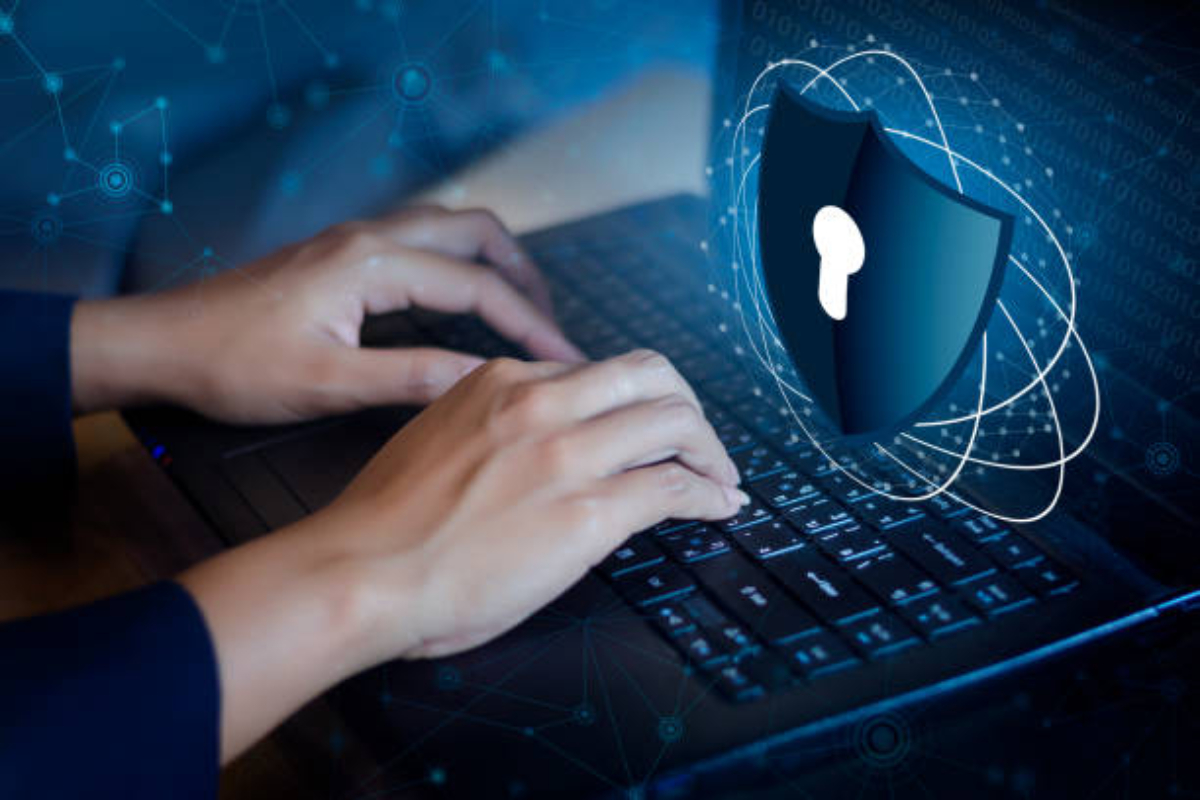TRAI symposium on ‘Emerging Trends and Technologies in Broadcasting Sector’
The Telecom Regulatory Authority of India (TRAI), on Thursday, organised a symposium on ‘Emerging Trends and Technologies in Broadcasting Sector’.
The significance of a cyber-safe learning environment cannot be overstated in the contemporary education ecosystem, where digital technology converges with the teaching-learning process.

[Representational Photo : iStock]
The significance of a cyber-safe learning environment cannot be overstated in the contemporary education ecosystem, where digital technology converges with the teaching-learning process. As cutting-edge technologies continue to blur the lines between physical and virtual boundaries, forward-thinking educators, as custodians of knowledge, are galvanising their efforts to safeguard student privacy by enhancing security measures within their Learning Management Systems (LMS).
An LMS provides a comprehensive platform to facilitate online learning and enhance course engagement. The best LMS not only prioritises course development and delivery but also places significant importance on critical aspects, such as privacy and content security.
Escalating cybersecurity incidents demand the implementation of a resilient LMS
Advertisement
There is a surfeit of LMS platforms available today. However, you must choose an LMS with robust security features to keep your course content safe and sound. A Cybersecurity Ventures report claims that cybercrime’s financial impact is expected to reach $8 trillion in 2023. Furthermore, estimates indicate a further surge to an alarming $10.5 trillion by 2025. The ramifications of data breaches can have far-reaching consequences, including the infringement of students’ privacy and the loss of sensitive course content. In light of this escalating digital menace, educators must meticulously select an LMS with impregnable security measures to shield the integrity of user data from pernicious intrusions.
Ensuring a digitally secure educational setting through LMS
The first step in establishing a digitally secure educational setting entails the careful selection of a reliable and secure LMS that can safeguard course data against unauthorised access. Secondly, educators should conscientiously consider the security features of an LMS and its adherence to privacy regulations when making their choices. To ensure that you are using the right platform capable of preventing unauthorised access, it is advisable to opt for an LMS with the following security features:
Secure Sockets Layer (SSL): It serves as a critical protocol for enhancing security measures on the internet. By enabling SSL within an LMS, the data transmitted between the server and users becomes encrypted, rendering it accessible exclusively to the corresponding webpage and authenticated users. Consequently, this fortifies online communication channels, ensuring confidentiality and privacy of information.
Two-step Verification: This security measure implements an additional layer of protection to the login procedure. The authentication process mandates users to input a code dispatched to their mobile devices, alongside their login credentials. Consequently, even if an unauthorised individual manages to acquire a user’s password, they would still need the user’s smartphone or their unique fingerprint to access the LMS. You can also augment the security of your LMS by providing comprehensive user education on the significance of utilising impenetrable passwords.
Single Sign-On (SSO): This user authentication scheme enables users to effortlessly log in and access multiple resources using a single user ID and password, thus, eliminating the need of memorising new log login credentials. For instance, users can conveniently log into the LMS using their work email and password instead of using different login details. An LMS with SSO not only adds to security but also ensures a seamless user experience for learners.
Frequent Data Backups: An LMS must be capable of autonomously executing data backup procedures for enhancing the efficacy of online learning, and mitigating the risks of potential data loss. This precautionary measure can safeguard user information in the event of accidental deletion or corruption caused by malicious software.
Dynamic Watermarking: It adds an extra layer of security to course content and can prevent unwanted sharing of sensitive data. Dynamic watermarks also enable users to identify leaked documents by incorporating distinctive identifying information.
Once you choose a secure Learning Management System, it becomes crucial to equally enlighten students and staff regarding prudent digital protocols. These practices encompass the establishment of strong passwords, vigilance against deceptive phishing schemes, and exercising caution while divulging personal information in online settings. Moreover, students must be trained to identify and promptly report any suspicious activities within the LMS. At the same time, it is imperative to put a comprehensive protocol in place for addressing cybersecurity incidents, including data breaches or cyber-attacks.
Ensuring a cyber-secure learning environment also necessitates the diligent monitoring and management of student data. This entails consistently evaluating and modifying user accounts, sustaining current software and security patches, and implementing restrictions on access to confidential information. Last but not least, user roles are crucial for creating a well-organised framework in a secure learning environment. It allows you to restrict administrative privileges and access to specific users, reducing the risk of data breaches or unauthorised handling of sensitive information, even when users have access to the LMS. Simply put, imparting knowledge on safe digital practices to students and staff alike can thwart potential cybersecurity breaches, thus, safeguarding the privacy of students.
With the dawning of technological advancements in the realm of education, the emergence of LMS has dynamically transformed the landscape of planning, executing, and evaluating targeted pedagogical journeys, thereby reshaping the very essence of human learning and fostering novel modes of interpersonal engagement. However, alongside these transformative interventions, the inevitable emergence of cyber perils necessitates a proactive stance. The most effective approach to combating such perils lies in proactive preparedness.
(Monica Malhotra Kandhari is the Managing Director of MBD Group & AASOKA)
Advertisement